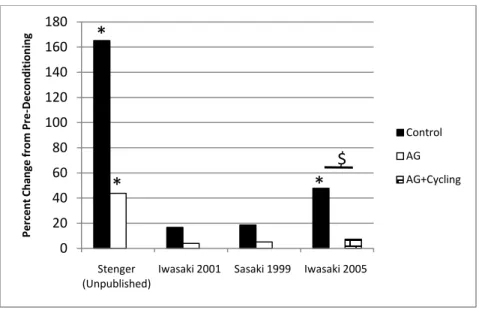A critical benefit analysis of artificial gravity as a microgravity countermeasure
Texte intégral
Figure




Documents relatifs
Tools for co-construction and sustainable implementation of innovations in dryland Africa Atelier Inter- national APPRI : Apprentissage, Production et Partage d’Innovations :
information on the characteristics, connected with relevant spectral, time and space resolutions, of the radiation emission from objects considered as rotating black
Ce projet avait pour objectif de développer la riziculture biologique dans les principaux bassins rizicoles européens, où le riz est principalement cultivé dans des
Le propane sort au fond de la colonne à une température de 62 °C se dirige directement vers le premier préchauffeur du fractionnateur, passe ensuite vers les
Ecris la fin des phrases puis colorie de la bonne couleur en suivant les instructions de
Determinez la valeur de la position, et la valeur de chaque chiffre
Ensuite, il faut renforcer le programme d’éducation sanitaire concernant les AES (entrepris depuis 2006) en veillant sur son respect et sa continuité, ce programme
Par ailleurs, ce site a subi au tout début du projet (janvier-février 2014) une séquence sismique comprenant deux chocs de magnitude M6+ et de très nombreuses





